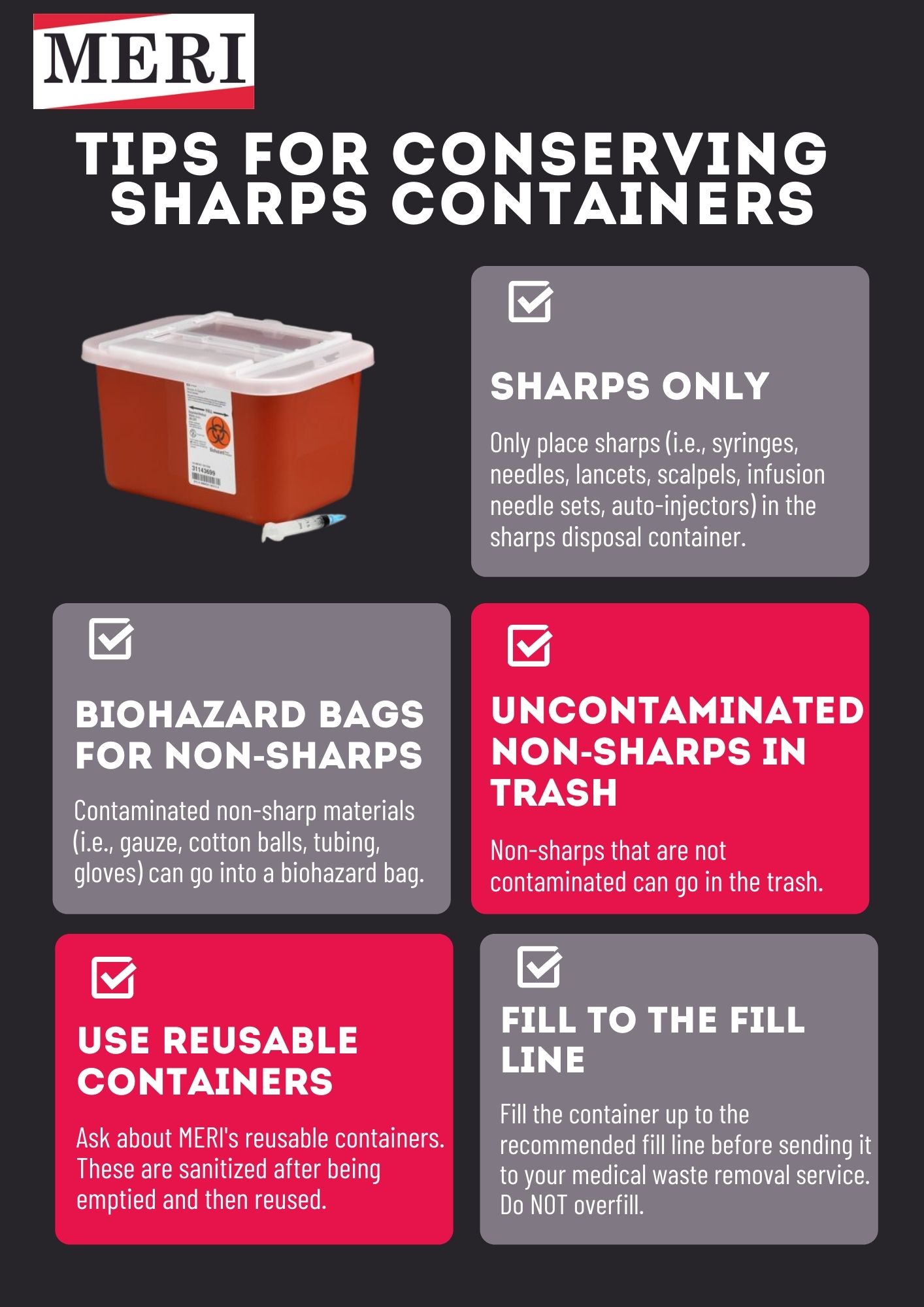Neighborhood Dedication: Your Community's Leading Medical Waste Removal Near Me
Neighborhood Dedication: Your Community's Leading Medical Waste Removal Near Me
Blog Article
Recognizing the Various Types of Garbage Disposal Techniques
In the world of waste monitoring, the range of disposal techniques readily available today is vast and differed, each method offering a distinct purpose in addressing the challenge of garbage disposal. click here. From reusing approaches that intend to offer brand-new life to products, to the intricate processes of contaminated materials administration, the landscape of garbage disposal is complicated yet vital for ecological sustainability. Recognizing the nuances of these different techniques not only clarifies the relevance of responsible waste management yet likewise prompts us to reconsider our technique in the direction of garbage disposal in a quickly developing world

Recycling Techniques
Reusing methods are critical for sustainable waste monitoring practices in both industrial and residential settings. medical waste removal near me. By implementing reliable recycling approaches, a significant quantity of waste can be drawn away from landfills, preserving natural sources and decreasing the ecological influence of manufacturing procedures
In suburbs, curbside recycling programs play a crucial function in encouraging families to different recyclable products from basic waste. Materials such as paper, plastics, glass, and steels can be sorted and accumulated for processing into brand-new products, lowering the need for resources and energy-intensive production procedures.
Industrial facilities also count on recycling approaches to minimize waste generation and promote a circular economic climate. By implementing closed-loop systems, businesses can recycle products within their production processes, decreasing costs and ecological impact. medical waste removal near me. Furthermore, commercial recycling programs commonly include partnerships with specialized reusing centers to make sure that products are correctly sorted, processed, and rehabilitated into the supply chain
Composting Techniques

Oxygenated fixed heap composting involves blending natural waste products in a big stack and on a regular basis turning it to ensure proper aeration. This technique is efficient for large composting procedures. On the other hand, vermicomposting utilizes earthworms to break down natural matter into nutrient-rich castings. This strategy is appropriate for smaller-scale operations and homes.
In-vessel composting involves placing organic waste in a shut container with regulated conditions for temperature and oygenation. This method is efficient for managing food waste in metropolitan areas. Windrow composting consists of forming long rows of organic waste and frequently transforming them to promote decomposition. This strategy is frequently used in farming setups.
Land Fill Disposal
Land fill disposal is a frequently made use of approach for handling waste that can not be recycled or composted. Methane gas, a byproduct of decaying natural waste in garbage dumps, is typically accumulated and utilized as a source of renewable power. Efforts to reduce reliance on land fills include promoting waste reduction, reusing, and discovering alternative waste disposal methods to lessen the environmental footprint connected with conventional landfill disposal practices.

Waste-to-Energy Incineration
Incineration of waste for energy generation is an approach significantly being considered as an option to typical landfill disposal techniques. Waste-to-energy incineration entails the burning of waste products at heats, generally in specialized centers created to produce power or heat via the process - click here. This technique not only reduces the quantity of waste that would otherwise be destined for land fills but additionally takes advantage of the heat generated throughout incineration to create power
One of the essential benefits of waste-to-energy incineration is its ability to generate power while minimizing the environmental effect compared to conventional land fill disposal methods. By transforming waste right into power, this approach assists in minimizing greenhouse gas exhausts and reliance on fossil fuels for power generation. Furthermore, waste-to-energy centers are furnished with advanced air pollution control technologies to reduce potential toxic wastes released throughout the combustion process.
Contaminated Materials Management
.jpg)
Thinking about the vital significance of accountable waste management methods, particularly in the realm of environmental sustainability, the emphasis currently shifts towards the complex domain name of Contaminated materials Management. Contaminated materials poses substantial risks to both human wellness and the environment, necessitating customized handling and disposal techniques. Typical examples of hazardous waste include chemicals, batteries, pesticides, and electronic waste.
Contaminated materials Monitoring involves the identification, collection, transport, therapy, and disposal of materials deemed hazardous or possibly hazardous. This process needs adherence to rigorous regulations and guidelines to reduce unfavorable impacts on ecosystems and public health and wellness. Various techniques are used in managing contaminated materials, including recycling, protected land fills, encapsulation, and chemical therapy.
Correct Contaminated Materials Administration is crucial for protecting against contamination of dirt, water sources, and air pollution. It is website here important for industries, laboratories, health care centers, and other generators of dangerous waste to carry out robust management methods, training programs, and emergency action prepares to make certain the secure handling and disposal of these materials. Failure to manage contaminated materials appropriately can have far-ranging repercussions, underscoring the value of persistent and accountable techniques in this area.
Final Thought
In conclusion, waste disposal techniques play an essential function in managing and minimizing the effect of waste on the atmosphere. It is crucial for people and sectors to recognize the various waste disposal methods readily available and choose the most suitable technique for sustainable waste management.
In the realm of waste monitoring, the array of disposal techniques available today is large and varied, each approach offering an unique function in resolving the challenge of waste disposal. click here. From recycling methods that intend to offer brand-new life to products, to the detailed procedures of unsafe waste monitoring, the landscape of waste disposal is intricate yet critical for environmental sustainability. Understanding the subtleties of these various methods not just sheds light on the relevance of liable waste monitoring but also motivates us to reassess our technique in the direction of waste disposal in a rapidly developing world
Efforts to lower reliance on garbage dumps include promoting waste reduction, recycling, and checking out different waste disposal methods to reduce the environmental impact associated with traditional land fill disposal practices.
It is important for sectors and individuals to comprehend the various waste disposal strategies available and pick the most appropriate technique for sustainable waste administration.
Report this page